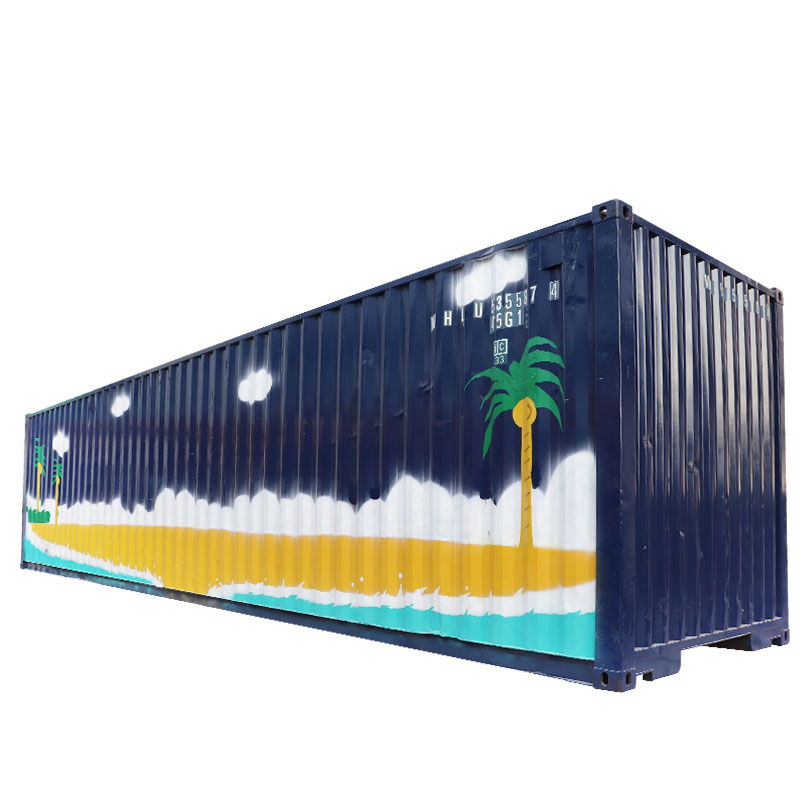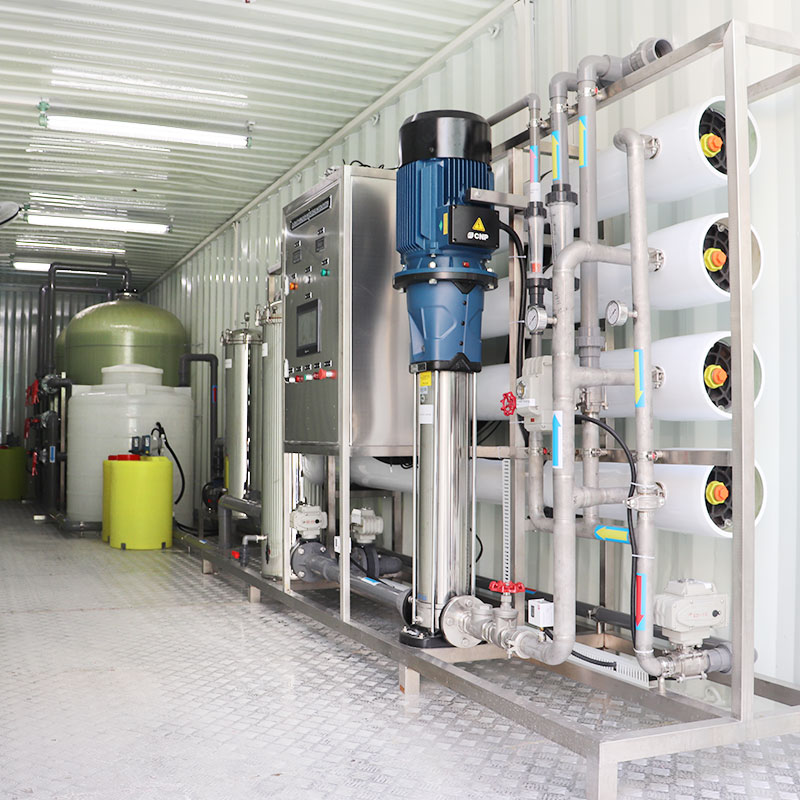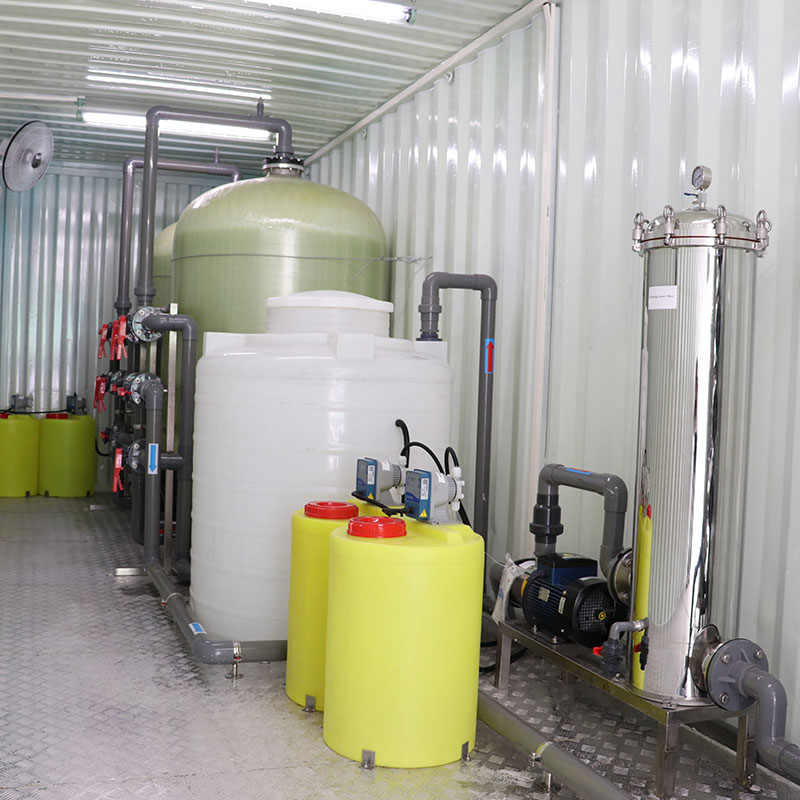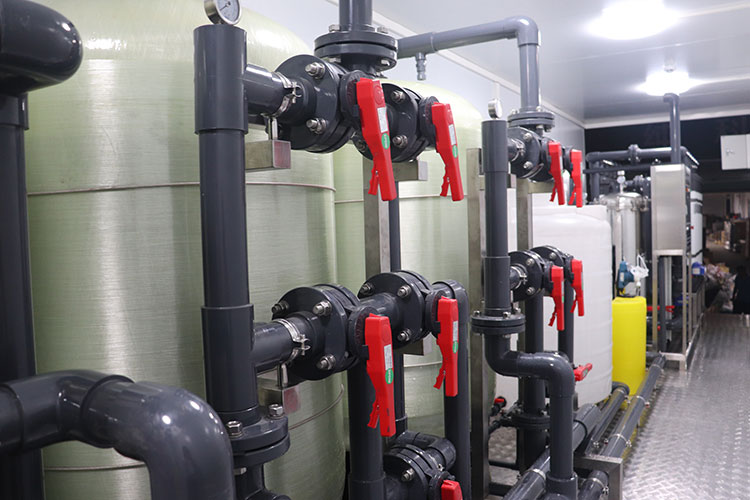- Commercial Reverse Osmosis Water Treatment Systems
- Industrial Reverse Osmosis Water Treatment Systems
- Ultrafiltration UF Water Treatment Systems
- Ion Exchange Water Treatment System
- Containerized Water Treatment Systems
- Customized Water Treatment System
- Bottle Water Filling Line
- Water Mechanical Micron Filters
- Stainless Steel Water Treatment Equipments
- Water Treatment Parts
- Water Sterilization
Are containerized desalination plants suitable for mobile applications?
With the increasing shortage of water resources in the world, desalination technology has attracted much attention as a key technology to solve the problem of fresh water resource shortage. In this context, containerized desalination plants, as a new form of seawater desalination technology, have attracted much attention. It provides possibilities for mobile applications with its flexible mobility and convenient deployment features. However, whether such a device is suitable for mobile applications requires comprehensive consideration from all aspects.
1. Advantages of portable desalination plants
Containerized desalination plants have the following significant advantages:
Flexible mobility: The container-type design makes the desalination plant highly mobile and can be easily moved and deployed between different locations, making it suitable for emergency water supply needs in temporary or emergency situations.

Modular design: The device usually adopts a modular design, which is easy to assemble and disassemble, making it easy to transport and install. At the same time, the modular design also allows the equipment to be flexibly configured and expanded according to actual needs.
Saving space: The container-type design makes full use of space, integrating seawater desalination equipment and related equipment in a container, saving space occupation, and is suitable for occasions with limited space.
Rapid response: containerized desalination plants can be quickly deployed where needed to meet sudden or emergency water needs and provide immediate solutions.

2. Challenges and limitations
However, containerized desalination plants also face some challenges and limitations:
Energy requirements: The desalination process requires a lot of energy, especially the operation of high-pressure pumps that consume a lot of electricity or other energy. Desalination plants for mobile applications need to solve the problem of energy supply, especially in remote areas or emergency situations.
Maintenance and operating costs: The maintenance and operating costs of containerized desalination plants are relatively high, including labor, material and equipment maintenance costs. This requires professional personnel to operate and maintain, increasing costs and management difficulty.
Water quality stability: containerized desalination plants may be affected by environmental factors, such as water quality fluctuations, climate change, etc., which may affect the desalination effect and water quality stability.

3. Scope of application and application scenarios
Despite the challenges, containerized desalination plants still have a wide range of applicability and application scenarios:
Emergency water supply: In emergencies such as natural disasters, humanitarian aid, and emergency relief, containerized desalination plants can be quickly put into use to provide emergency water supply support to disaster-stricken areas.
Water supply in remote areas: For water-scarce areas such as remote areas or islands, containerized desalination plants can provide reliable water supply solutions to solve the domestic and production water problems of local residents.
Temporary emergency situations: In construction sites, field adventures, temporary activities, etc., containerized desalination plants can provide temporary water supply solutions to meet the water resources needs of specific occasions.

In summary, containerized desalination plants have significant advantages and potential application prospects in mobile applications, but at the same time, they also need to overcome some challenges and limitations and further improve technology and management measures to better meet the needs of water resources in different scenarios. need.




